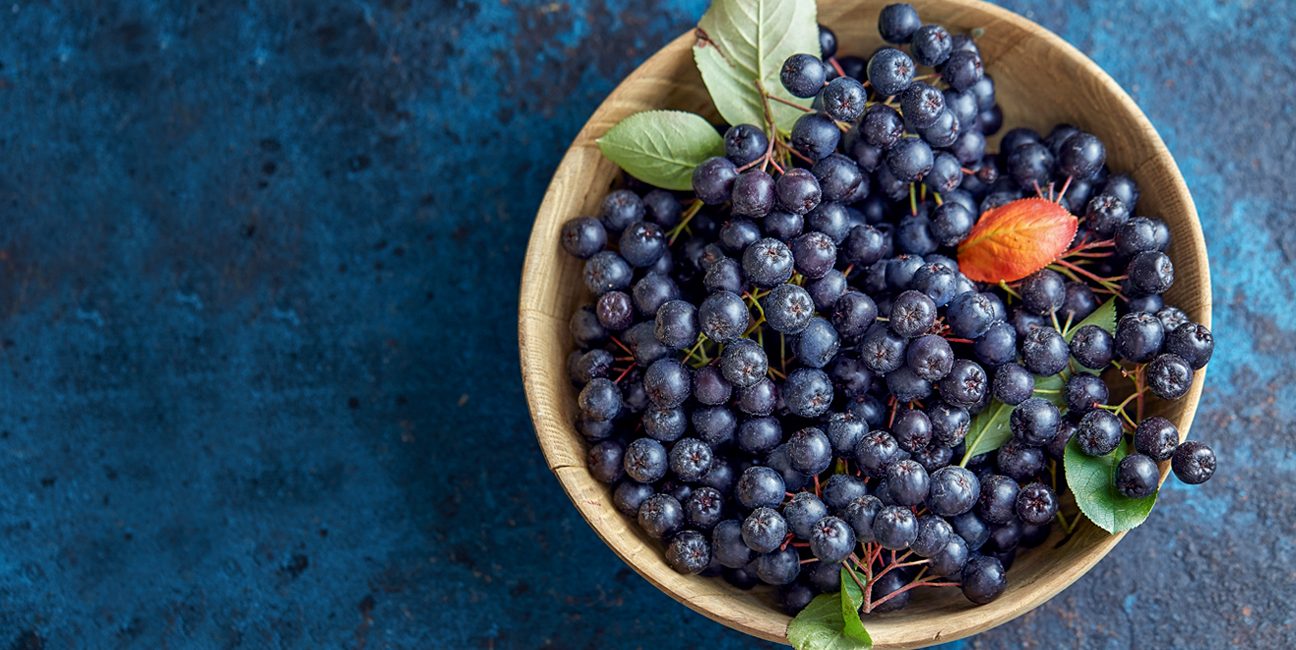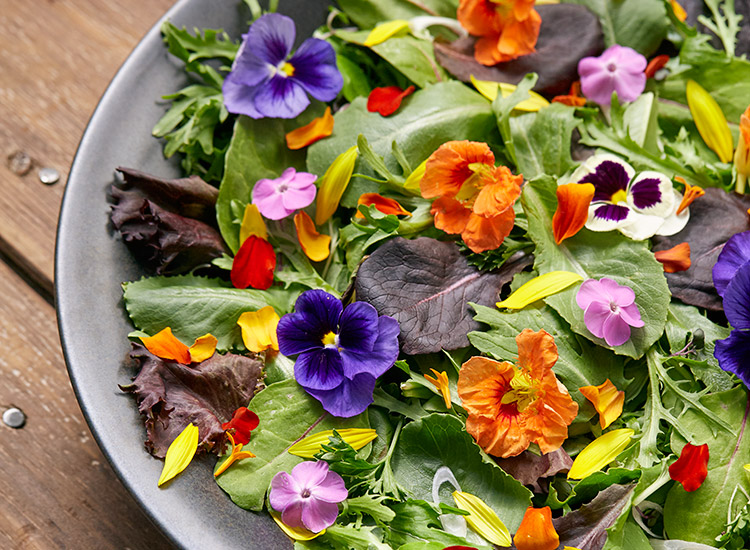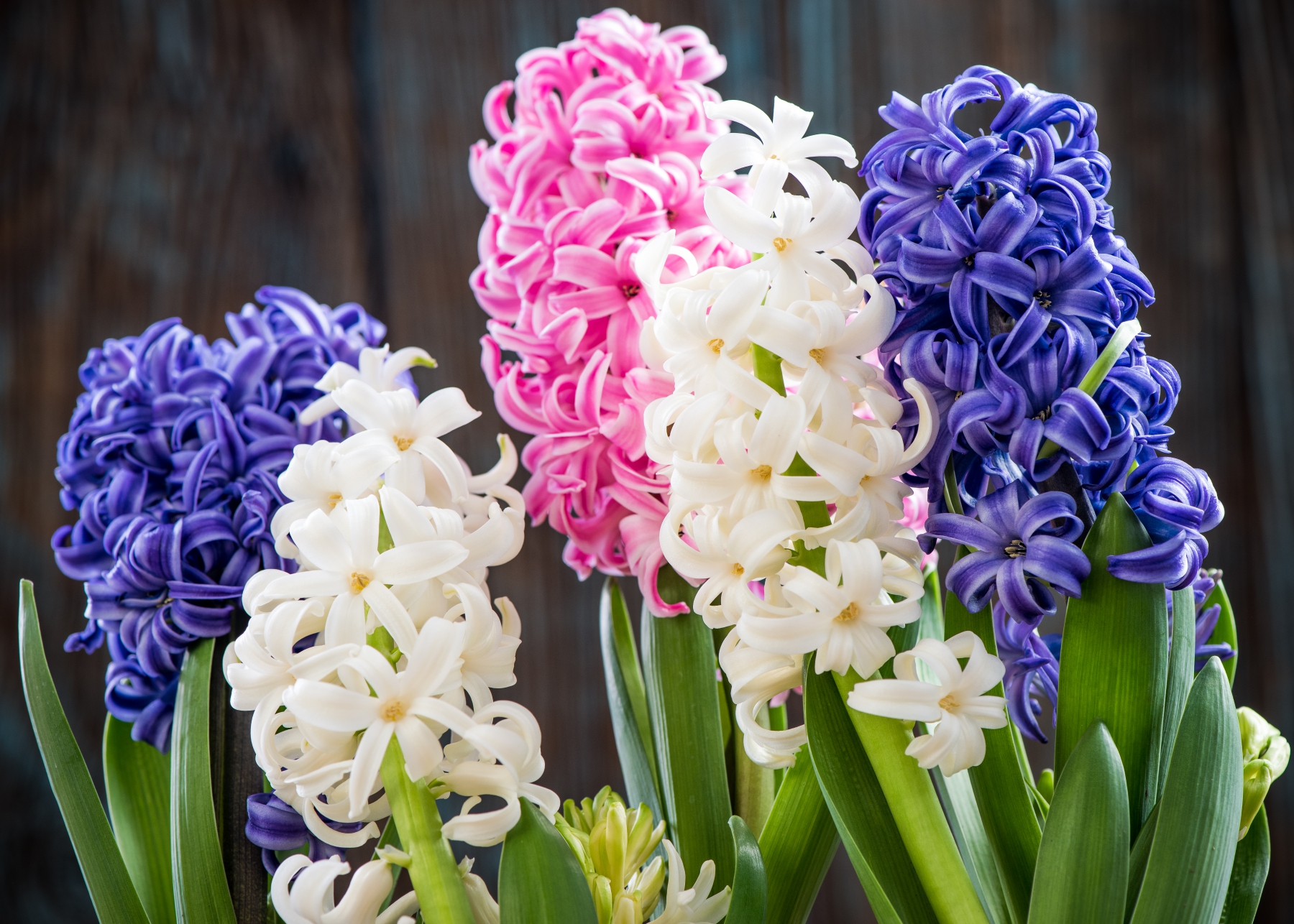Chokeberry, also known as Aronia, is a shrub that is native to North America. It is a hardy plant that can grow in a wide range of conditions and produces small, dark berries that are high in antioxidants and other beneficial nutrients. In recent years, chokeberry has gained popularity as a superfood, and many people are now growing this shrub in their gardens. In this blog post, we will discuss the benefits of growing chokeberry and provide tips on how to successfully cultivate this plant in your own garden.
Benefits of Growing Chokeberry
There are several benefits to growing chokeberry, including:
- High in Nutrients: Chokeberries are a rich source of antioxidants, including anthocyanins and flavonoids. They also contain high levels of vitamins C and K, as well as fiber.
- Low Maintenance: Chokeberry is a hardy plant that can grow in a variety of conditions, including cold temperatures and poor soil quality.
- Edible Berries: The small, dark berries produced by the chokeberry plant can be used in a variety of culinary applications, including jams, jellies, and baked goods.
- Attractive Shrub: Chokeberry is an attractive shrub that produces beautiful white flowers in the spring and vibrant red foliage in the fall.
Choosing the Right Variety
When selecting a chokeberry variety for your garden, it’s important to choose one that is well-suited to your climate and soil conditions. There are several different varieties of chokeberry available, including:
- Black Chokeberry (Aronia melanocarpa): This variety produces small, black berries that are high in antioxidants.
- Red Chokeberry (Aronia arbutifolia): This variety produces bright red berries and is often grown for its ornamental value.
- Viking Chokeberry (Aronia x prunifolia ‘Viking’): This is a hybrid variety that produces large, sweet-tasting berries.
Planting and Care
Chokeberry is a hardy plant that can grow in a wide range of conditions, but it does require some specific care to ensure optimal growth and fruit production.
- Soil: Chokeberry prefers well-drained soil that is slightly acidic. If your soil is alkaline, you can amend it with peat moss or sulfur to lower the pH.
- Sunlight: Chokeberry prefers full sun to partial shade. If planting in a hot climate, it’s best to provide some shade during the hottest part of the day.
- Water: Chokeberry prefers moist soil, so it’s important to water regularly, especially during dry spells.
- Fertilizer: Chokeberry does not require heavy fertilization, but you can apply a slow-release fertilizer in the spring to encourage growth and fruit production.
- Pruning: Chokeberry can be pruned in the winter or early spring to remove dead or damaged branches and promote new growth.
Harvesting and Using Chokeberries
Chokeberries typically ripen in late summer to early fall and can be harvested when they are fully ripe and plump. To harvest, simply pull the berries off the shrub or use a pair of scissors to snip them from the stem.
Chokeberries can be used in a variety of culinary applications, including jams, jellies, and baked goods. They can also be used to make a healthy and delicious juice by blending the berries with water and sweetener to taste.
Growing chokeberry in your garden is a great way to enjoy the health benefits of this nutrient-rich plant while also adding beauty to your landscape. By selecting the right variety, providing proper care, and harvesting and using the berries, you can enjoy the fruits of your labor for years to come. Chokeberry is a hardy and versatile plant that can thrive in a wide range of conditions, making it an excellent choice for gardeners of all levels of experience. Whether you are looking to add a superfood to your diet, create an attractive landscape, or simply enjoy the process of gardening, chokeberry is a great option to consider.
When planting chokeberry in your garden, be sure to choose a variety that is well-suited to your climate and soil conditions, and provide proper care to ensure optimal growth and fruit production. Regular watering, occasional fertilization, and pruning can all help to ensure a healthy and productive plant.
Once your chokeberry shrub has produced its delicious berries, there are many ways to enjoy them. Whether you choose to make juice, jam, or baked goods, chokeberries are a tasty and healthy addition to any recipe.
In conclusion, growing chokeberry in your garden can be a rewarding and enjoyable experience. With proper care and attention, this hardy and versatile plant can provide beauty and nutrition for years to come. So why not consider adding chokeberry to your garden today?




